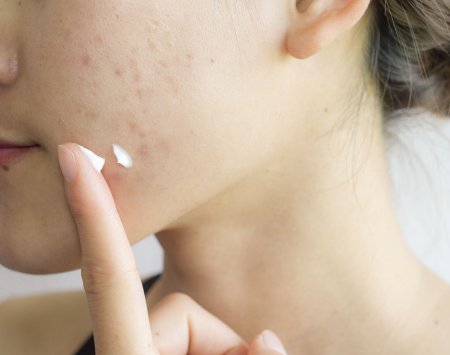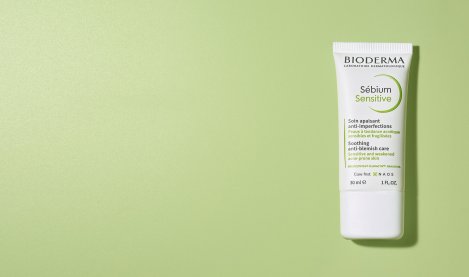When treated correctly, acne usually clears up in 3-4 months.
For severe cases of inflammatory acne, we prescribe antibiotics for 3 months, the recommended period. We observe fewer and fewer flare ups and lesions, and the acne sometimes also “lightens”. I can’t overstate the importance of continuing to apply the topical treatment to maintain the results. You can still follow a topical treatment in summer provided that you rinse well in the morning and apply adapted sun protection and moisturiser. We know that the epidermis (the outer layer of the skin) tends to get thicker in the summer, which can lead to more acne in the autumn. So, you need to continue applying the treatment in the evening and protect your skin from the sun in the morning. Acne flare-ups are common when a patient stops the antibiotics. This is why it is so important to have a check-up appointment and adapt the treatment if necessary.
For comedonal acne with comedones (blackheads) and microcysts, the treatment is usually longer, 3-6 months, and improvement slower. At the end of the period, the patient is again re-evaluated to decide if it is necessary to continue, stop or modify the treatment.
With isotretinoin, the improvement often doesn’t occur until the 3rd month.
Generally, when you stop a treatment (especially antibiotics), you need to be cautious and continue applying a topical cream until the lesion clusters are fully under control, especially if there are still some minor flare-ups.







